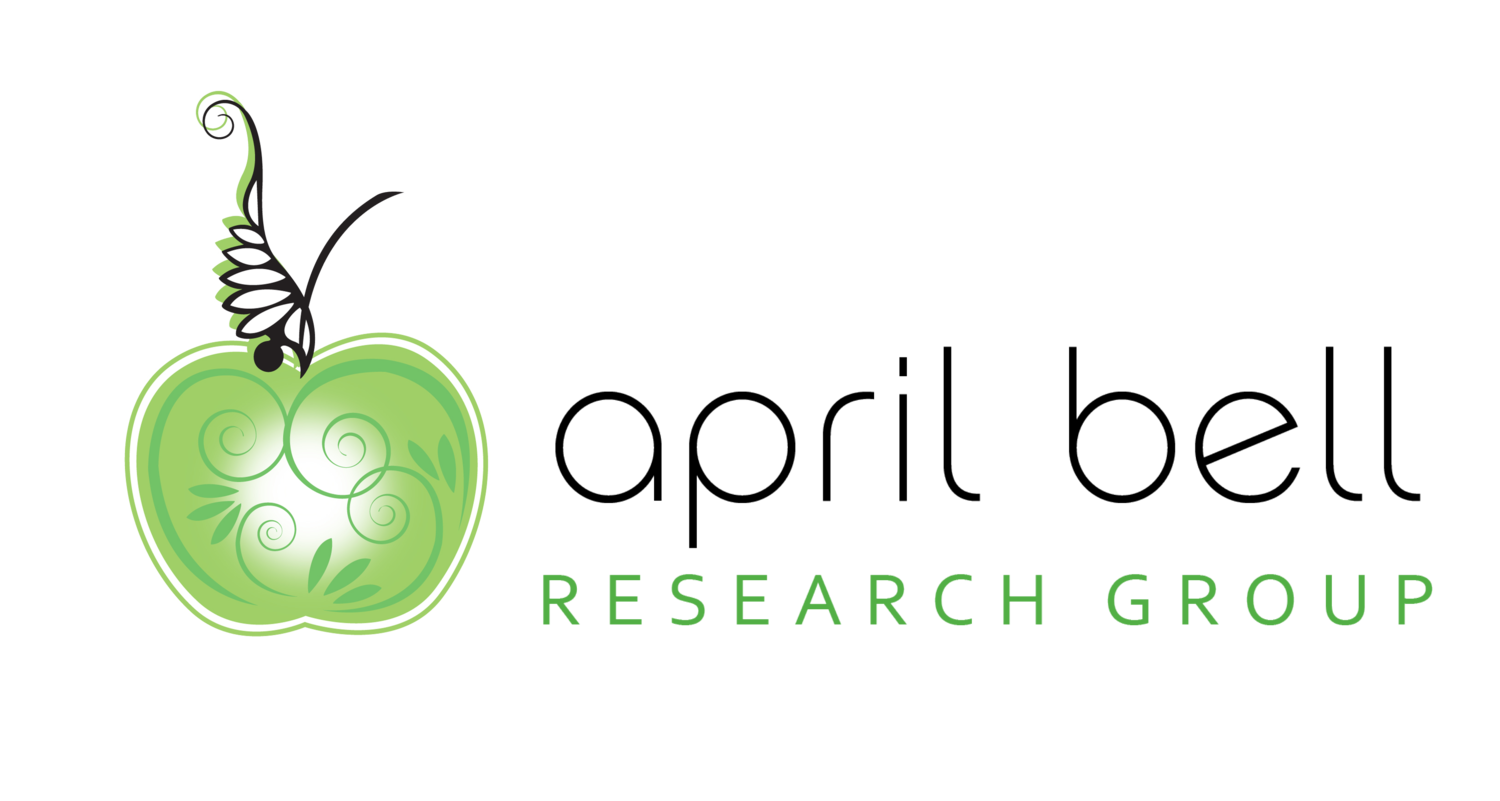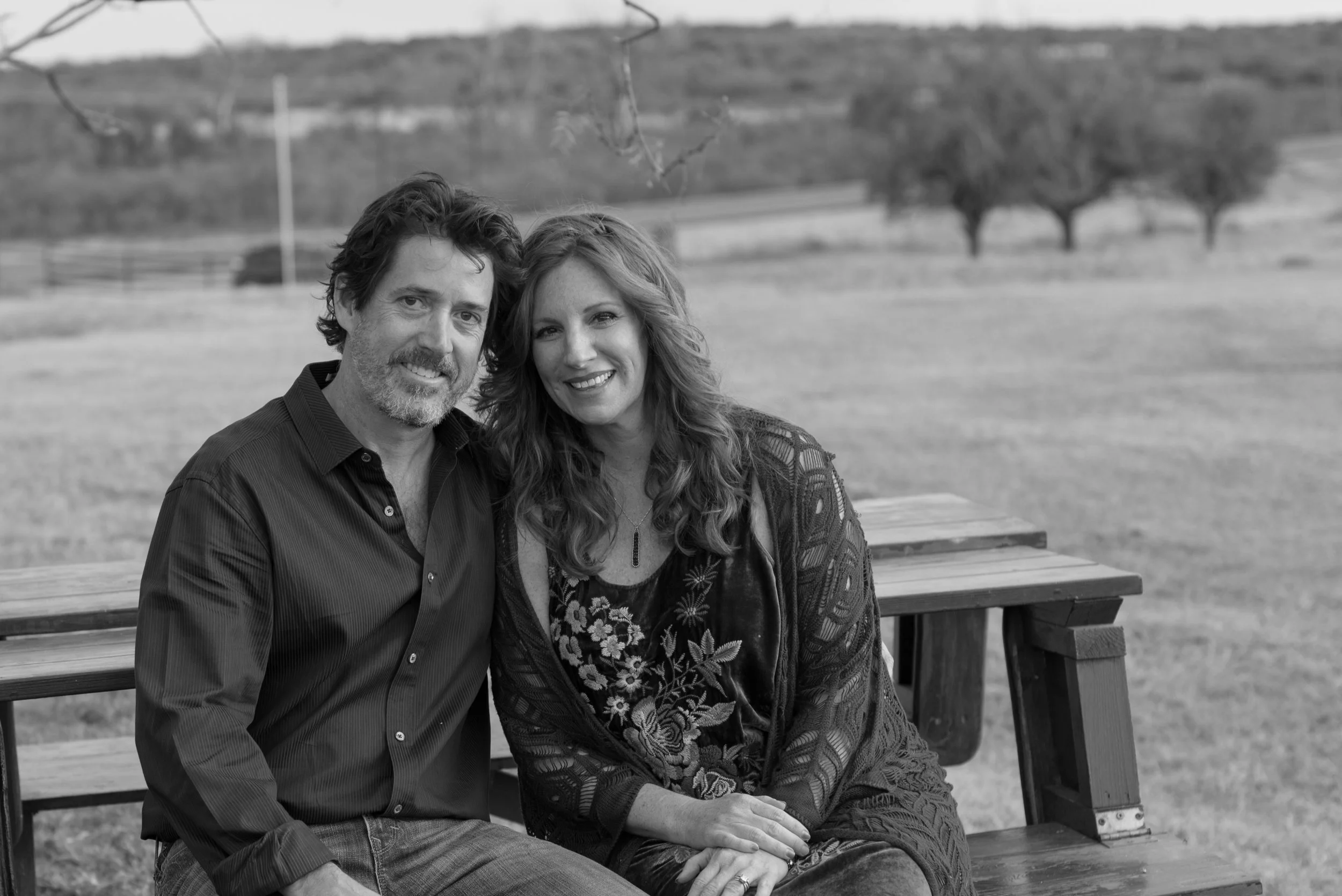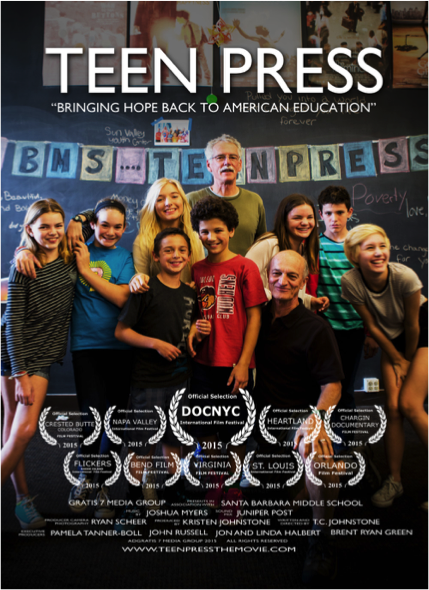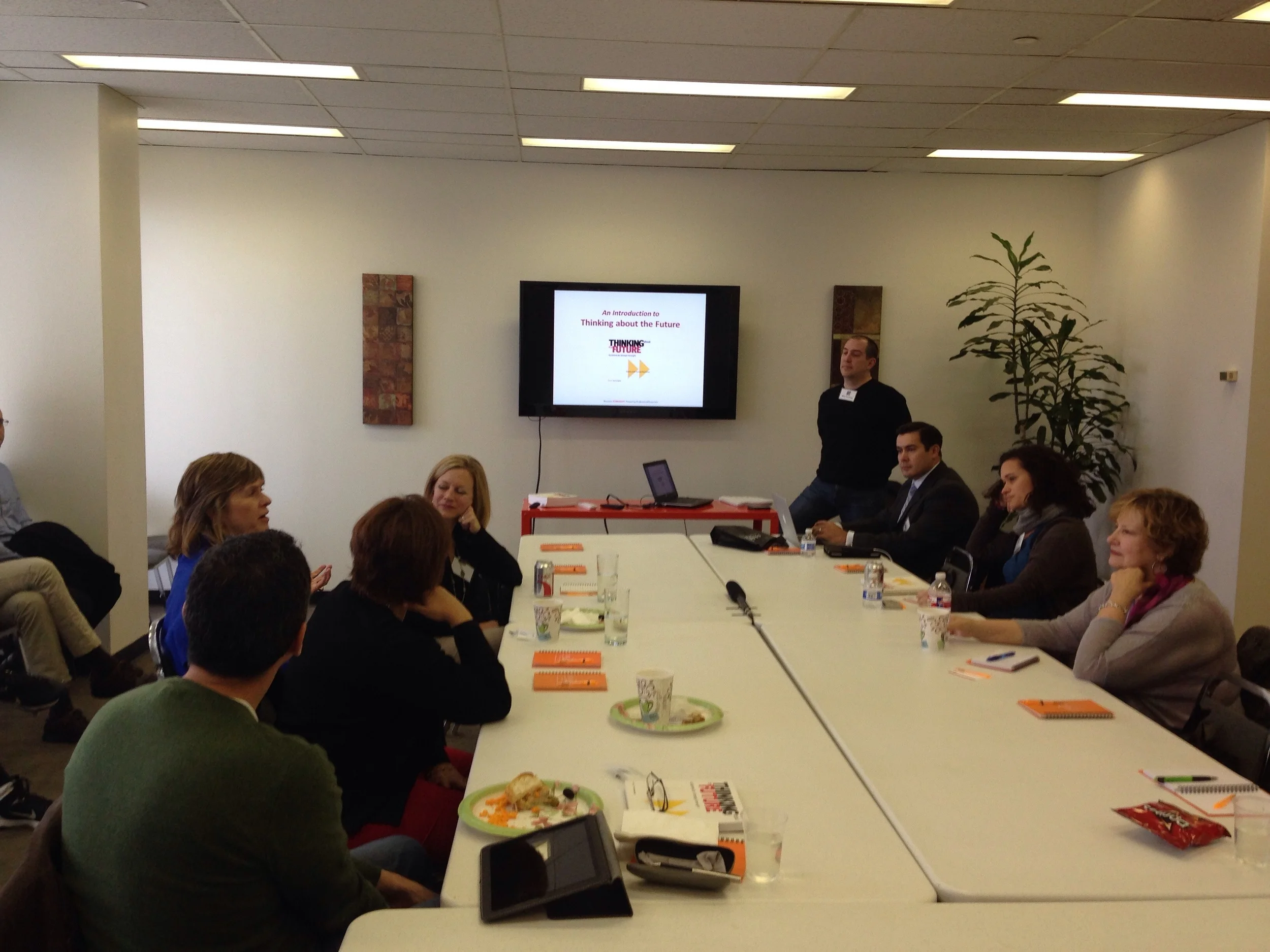Two weeks ago, I was honored to speak at the 2018 MSMR conference in Arlington.
It wasn’t until a few years ago that I even realized one of the best Master of Science in Marketing Research programs was here in the Dallas-Fort Worth area at University of Texas at Arlington.
I enjoy this conference, and the association. In fact, of all the Marketing Research conferences I have attended in the last few years, this may be my favorite. It’s probably because I appreciate the energy in the room. The longer I live, the more I love being around college students. Maybe I’m getting cynical and I just enjoy being around people who seem excited about life and are excited about this industry. I am reminded of why I got into marketing research in the first place.
But I digress - I spoke about Design Thinking AND about a Montessori Mindset. This is the second time I’ve spoken on this topic. The first was at the QRCA conference last January. This time I only had 30 minutes to pull together 2 very different frameworks and show how we used them in a research project…so I talked fast.
You can see the presentation here. And my original presentation here. If you’re interested in the Design Thinking workbook we developed, you can text "Research" to 66866 and receive a PDF copy.




























